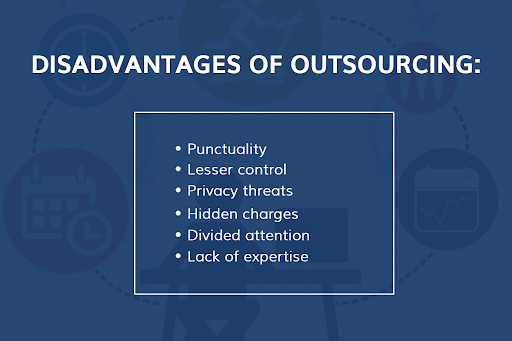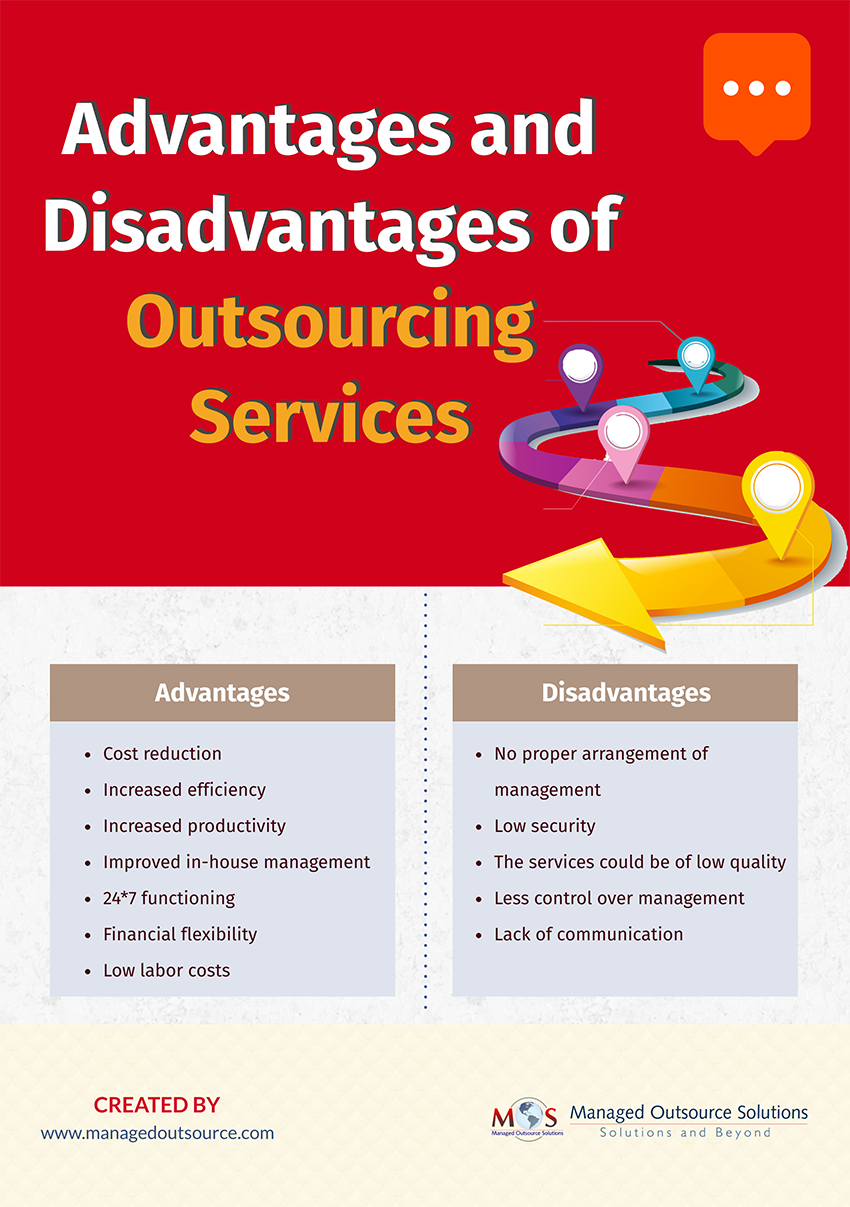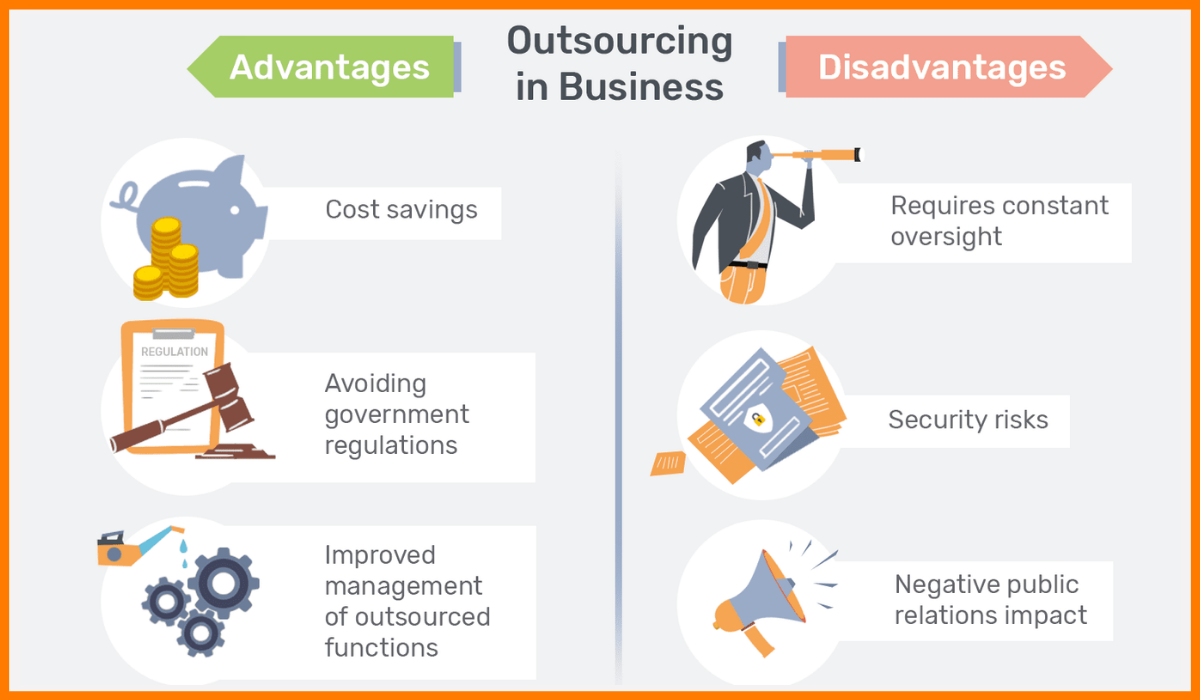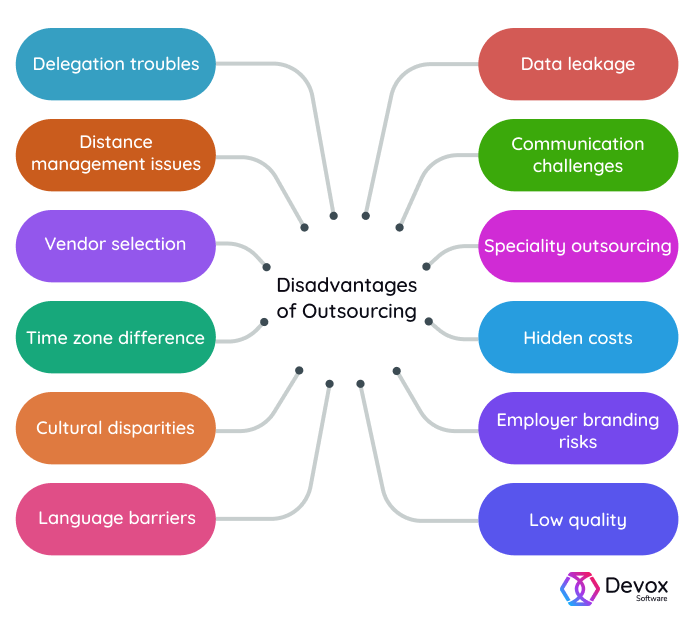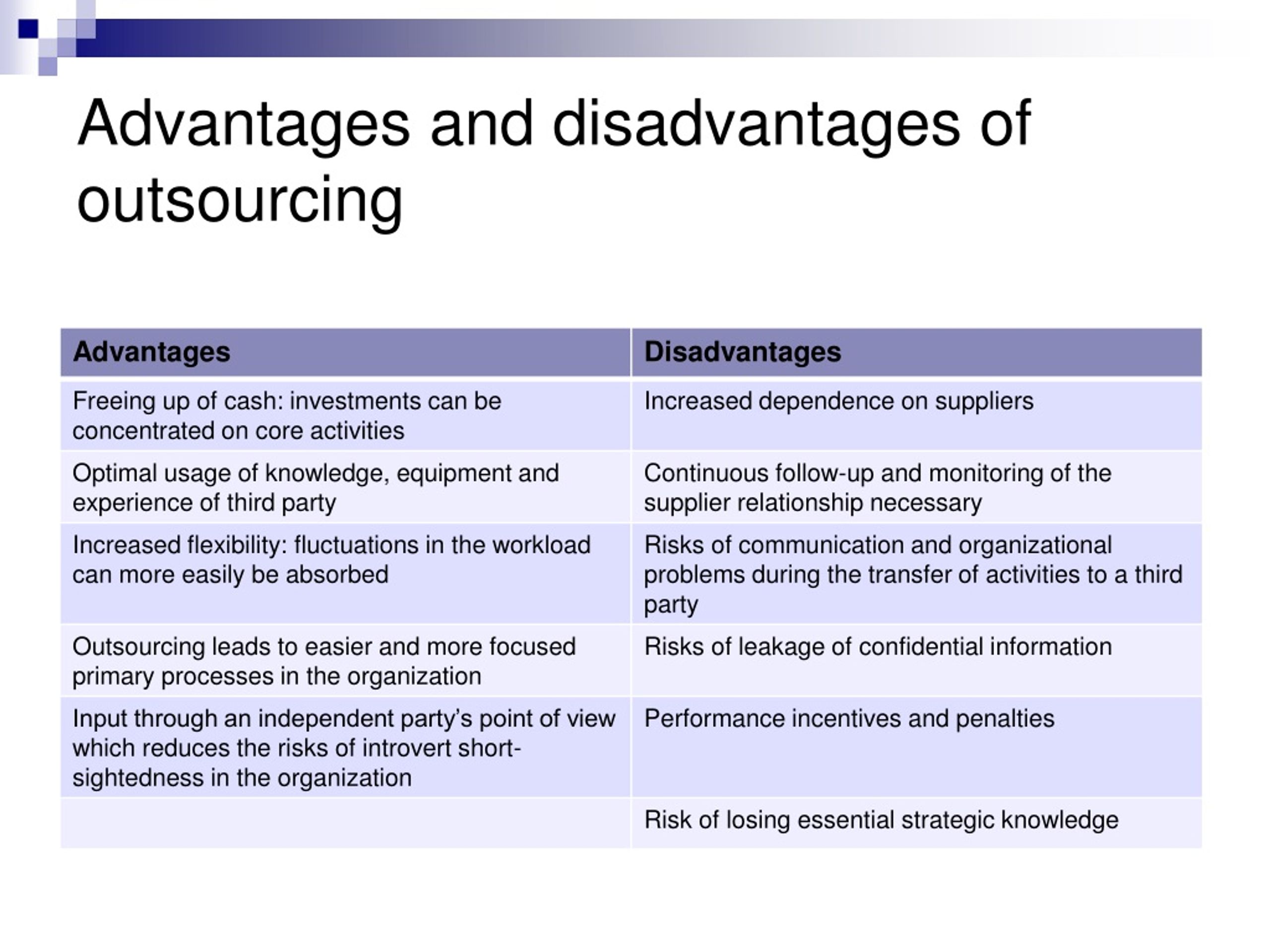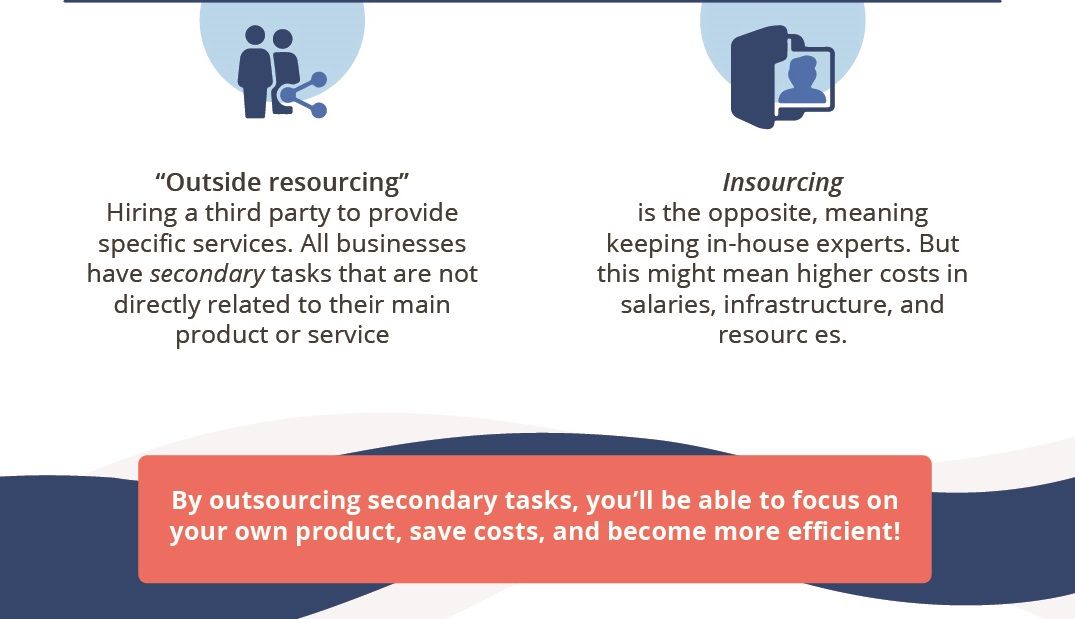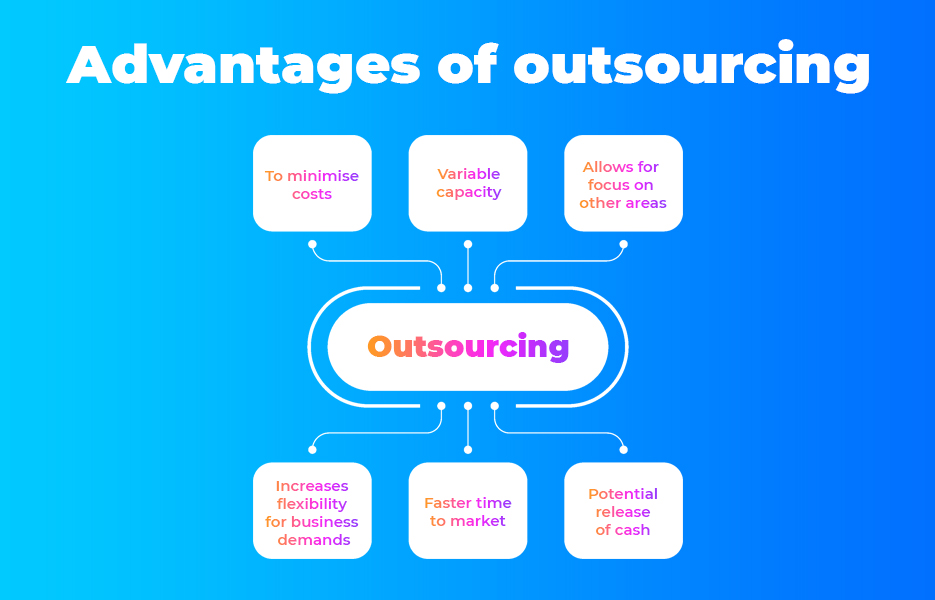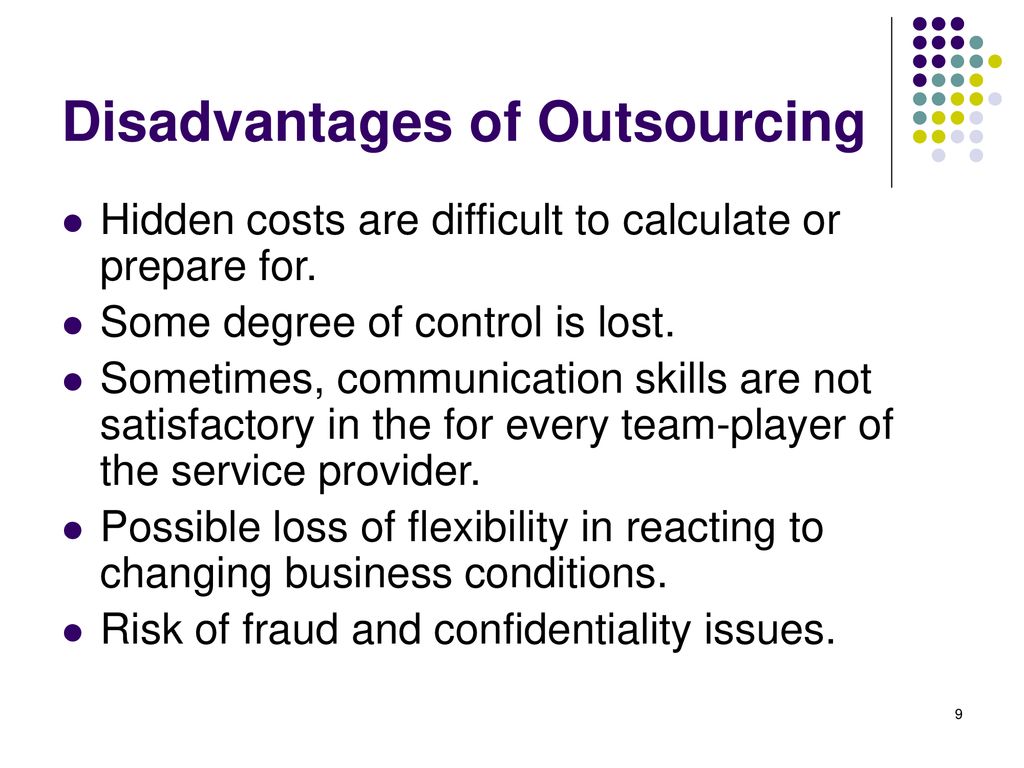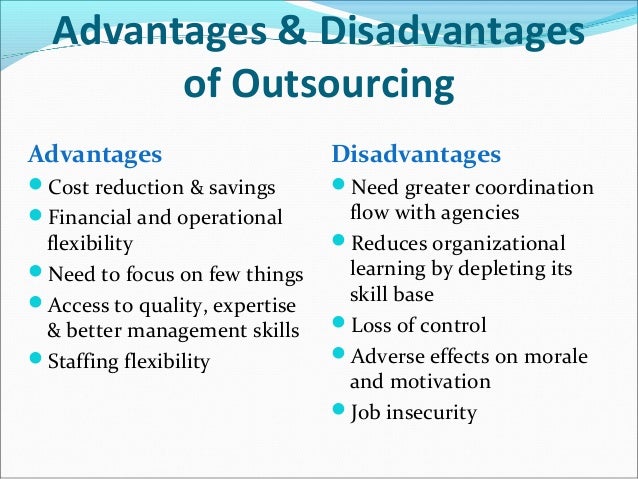Which Of These Is Not An Advantage Of Outsourcing
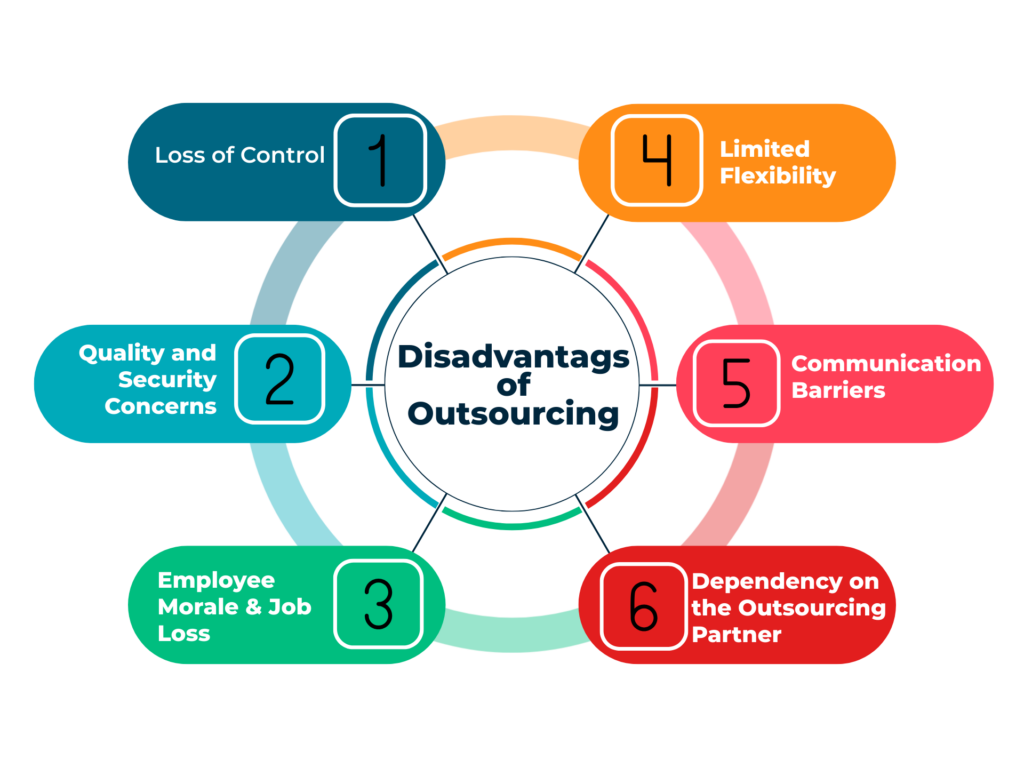
In an era defined by globalization and hyper-competition, outsourcing has become a cornerstone of modern business strategy. Companies across diverse industries are leveraging external resources to streamline operations and enhance their competitive edge. However, the allure of outsourcing isn't without its complexities, and discerning its true benefits from potential pitfalls is crucial for informed decision-making.
This article delves into the multifaceted advantages typically associated with outsourcing, while pinpointing one purported benefit that often falls short of reality. We will examine the core arguments for outsourcing, supported by industry data and expert insights. The goal is to provide a balanced perspective, allowing businesses to critically assess the true value proposition of outsourcing in their specific context.
The Allure of Outsourcing: Common Advantages
One of the most touted advantages of outsourcing is cost reduction. By transferring tasks to regions with lower labor costs, companies can significantly reduce their operational expenditure. This can free up capital for reinvestment in core business activities and innovation.
Another significant benefit is the ability to access specialized expertise. Instead of building internal capabilities, companies can tap into the knowledge and experience of external providers. This ensures access to cutting-edge skills and technologies without the burden of training and development.
Increased efficiency and productivity are also frequently cited as advantages. Outsourcing allows companies to focus on their core competencies, while delegating non-core tasks to specialized providers. This can lead to improved efficiency, faster turnaround times, and higher quality output.
Furthermore, outsourcing provides scalability and flexibility. Companies can easily scale their operations up or down based on fluctuating demand, without the need to invest in additional resources or personnel. This agility allows businesses to adapt quickly to changing market conditions.
Debunking the Myth: Guaranteed Innovation
While outsourcing can undoubtedly bring numerous advantages, the claim that it automatically fosters innovation is often overstated. While access to specialized skills might indirectly lead to new ideas, outsourcing doesn't guarantee a surge in innovative thinking within the company.
Innovation requires a conducive internal environment, including a culture of experimentation, collaboration, and risk-taking. Simply outsourcing tasks to external providers is not enough to stimulate these qualities. Relying solely on outsourcing for innovation can be a risky strategy.
In fact, excessive reliance on outsourcing can even stifle internal innovation. If companies become overly dependent on external expertise, they may neglect developing their own internal capabilities. This can lead to a decline in internal knowledge and creativity.
Expert Perspectives and Data
A study by Deloitte found that while 70% of companies outsource to reduce costs, only 35% do so to drive innovation. This highlights the fact that cost reduction remains the primary driver of outsourcing decisions. This finding underscores the need for a more nuanced understanding of its potential impact on innovation.
According to Gartner, companies should focus on fostering a culture of innovation internally, rather than relying solely on outsourcing.
"Innovation is not something you can simply outsource," says Gartner analyst Susan Tan. "It requires a holistic approach that integrates internal and external resources."
Case studies of companies that have successfully leveraged outsourcing for innovation often reveal a key ingredient: active collaboration with external providers. These companies work closely with their outsourcing partners to co-create solutions and foster a shared understanding of their innovation goals.
A Balanced Approach to Outsourcing
Outsourcing can be a powerful tool for achieving cost reduction, efficiency gains, and access to specialized expertise. However, it is important to approach outsourcing strategically and with a clear understanding of its limitations.
Companies should avoid the pitfall of viewing outsourcing as a quick fix for innovation. Instead, they should focus on fostering a strong internal culture of innovation and strategically partner with external providers to complement their internal capabilities. By adopting a balanced approach, businesses can maximize the benefits of outsourcing while safeguarding their long-term innovation potential.
In conclusion, while outsourcing offers a range of compelling advantages, the automatic guarantee of innovation is a myth. A strategic and collaborative approach, combined with a strong internal innovation ecosystem, is crucial for realizing the full potential of outsourcing in today's dynamic business environment.
